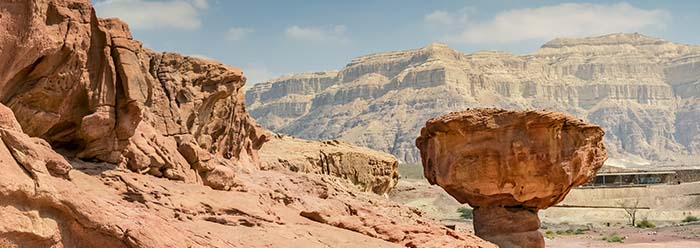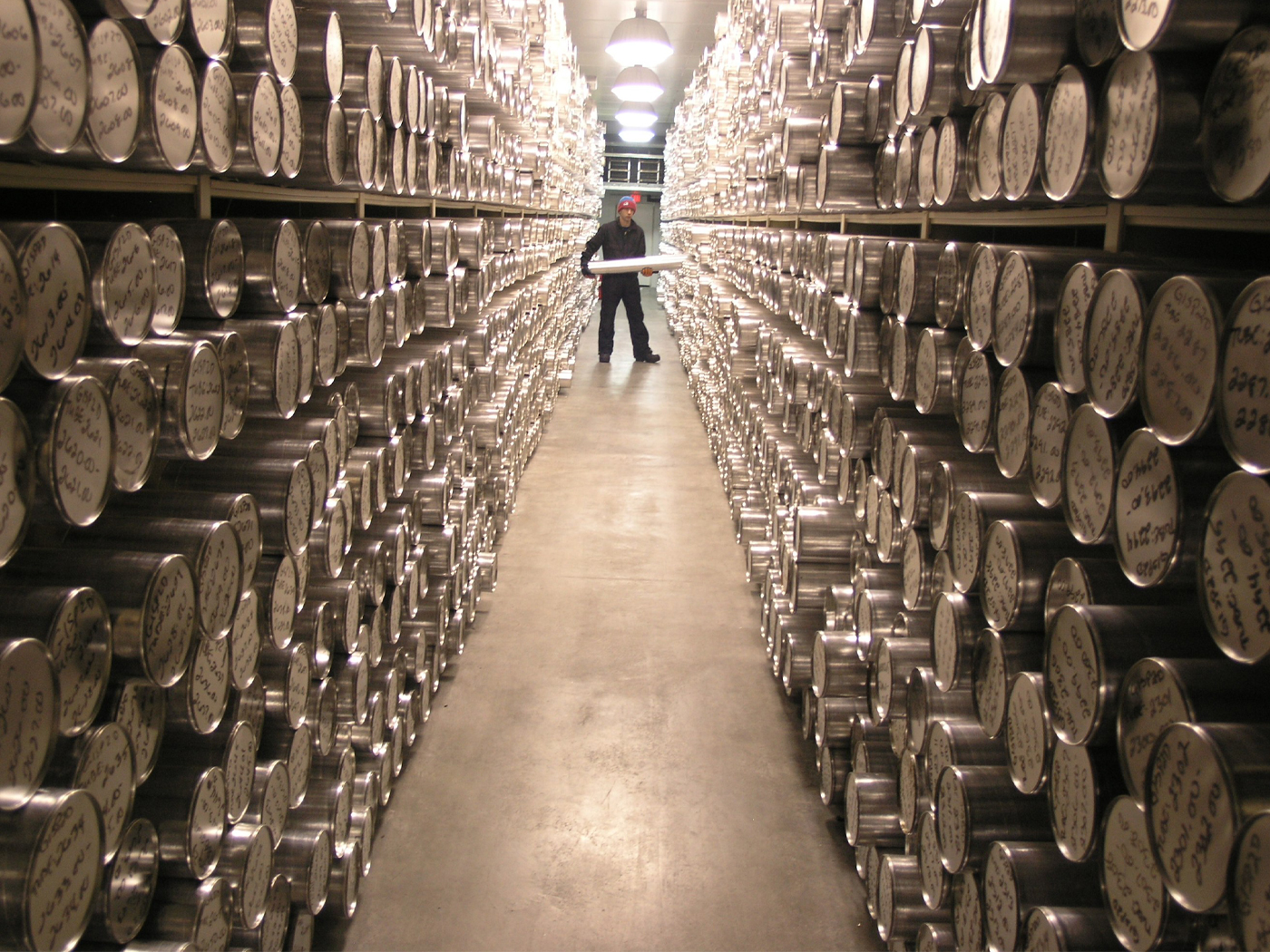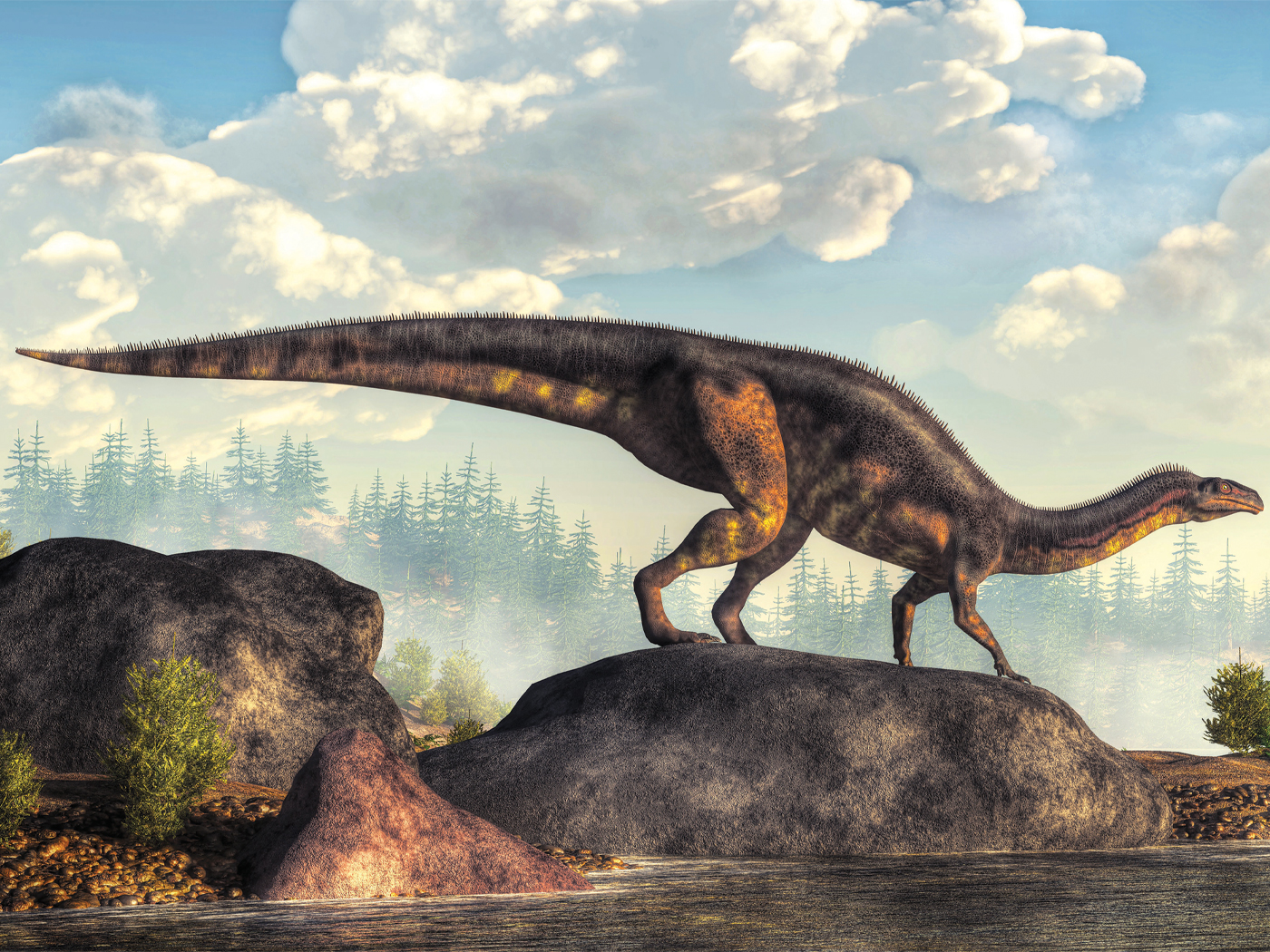Geology students memorize the rock system names found on geologic column diagrams, learn age assignments, typical fossils, and the five worldwide animal extinction events. Now, secular researchers reveal a sixth extinction near the top of Earth’s rock layers, and it coincides with three other large-scale features all poised to reshape the way biblical geologists think about the Genesis Flood.
Publishing in Nature Ecology & Evolution, an international science team analyzed the ever-growing fossil information on the freely accessible Paleobiology Database.1 Plenty of paleontologists have poked through pockets of fossils at individual sites, but this new team of scientists asked a global question. How many animals went extinct according to Cenozoic fossils around the world?
Cenozoic rock layers are widespread and quite thick in some areas. They often lie above dinosaur layers. In many places, Cenozoic layers have Paleocene deposits at the bottom, then in ascending order, Eocene, Oligocene, Miocene, Pliocene, and Pleistocene. Geologists long ago used supposedly unique fossils to identify each layer.
Bible-minded geologists agree that the Ice Age superstorms deposited the uppermost (Pleistocene) layers after the Flood, but they disagree over when the other five Cenozoic systems were deposited. Perhaps Noah’s Flood waters draining off the continents deposited most of the Cenozoic layers. Genesis 8:13 says, “And it came to pass in the six hundred and first year, in the first month, the first day of the month, that the waters were dried up from the earth.” The new extinction results may help identify which layers represent that dried earth.
The Nature Ecology & Evolution study authors wrote:
Until now, disappearances of Pliocene marine megafauna species were thought to represent isolated examples within a broader assemblage that remained largely intact. Our results show that these extinctions, which peaked in the late Pliocene, were part of a hitherto unrecognized global loss of marine megafauna biodiversity.1
The report showed an unexpectedly high extinction rate of 15% in upper Pliocene fossils. The other five Cenozoic rock systems show just nine or fewer percent extinction rates.1 By far most of those megafauna (large animals) lived in coastal waters.
What caused this sixth extinction?
The study authors speculated that violently changing sea levels, including a dramatic reduction in coastal habitat, contributed to the global megafauna decline. But what could cause such dramatic sea level changes? Surely some processes much more powerful than what occur today must have happened back then.
Comparing this sixth extinction to the other five might shed light on its cause. The five global extinction events that geology students memorize roughly coincide with five megasequences. Each megasequence can have sedimentary rocks thousands of feet thick, and they can span whole continents and beyond. They have larger-grained rocks, often sandstone, at the bottom and finer sediments like chalk or siltstone at the top.
Creation geologist Andrew Snelling attributed each megasequence to a major advance and temporary retreat of tremendous Flood water surges. He wrote, “This megascale cycle of depositing ‘packages’ was repeated, as renewed surges of ocean waters rapidly rose to again cover the continent. And the same ‘mass extinctions’ are repeated, too, all across the globe, deposited by unimaginably powerful ocean currents.”2
A secular geologist long ago named the uppermost megasequence the “Tejas.”3 It includes the Cenozoic rocks that reveal this sixth extinction. Therefore, five of the six megasequences are now associated with a global extinction of mostly marine creatures. Slow, stable, gradual processes explain none of this, but it fits the global wreckage that the Genesis Flood could have wrought.
Creation geologist Tim Clarey described what hundreds of outcrops and drill cores with correlated rock types are beginning to show in his global rock layer surveys:
Finally, both Africa and North America simultaneously record what appears to be the receding phase of the Flood event in the sixth and final megasequence (Tejas Megasequence, Cenozoic stratigraphic units). The sediments of this megasequence show a major shift in depositional pattern, reflecting more extensive offshore sedimentation as the floodwaters drained from the continents into the new ocean basins.4
So, animals went extinct globally in Pliocene layers that a continent-covering water surge deposited. Was anything else going on geologically at that same time? An exhaustive survey of mountain origins, published in 2000, revealed that the high mountain ranges in the world “have all undergone several kilometers of vertical uplift since the beginning of the Pliocene.”5 Then they all suddenly stopped rising into the sky.
Bible-believing geophysicist John Baumgardner attributed the end of this mountain building to a time “when the catastrophic driving processes shut down.”5 Those catastrophic driving processes included ocean crust plummeting beneath continental crust, new ocean crust quickly forming from mid-ocean fissures and sliding along the ocean basins, continental crust thickening and bobbing, and back-to-back massive volcanic eruptions.
With new ocean basins forming, changing sea levels, rising mountains, huge offshore sedimentation from widespread watery surges flowing off continents, no wonder a mass extinction happened at the close of the Pliocene. Noah’s Flood accounts for all these mega-calamities, including a sixth extinction.
References
- Pimiento, C., et al. The Pliocene marine megafauna extinction and its impact on functional diversity. Nature Ecology & Evolution. Published online on nature.com before print, June 26, 2017.
- Snelling, A. Five Mass Extinctions or One Cataclysmic Event? Answers Magazine. Posted on answersingenesis.org February 12, 2017, accessed June 30, 2017.
- Sloss, L. 1963. Sequences in the Cratonic Interior of North America. Geological Society of America Bulletin. 74 (2): 93–114.
- Clarey, T. 2015. Reading African Strata. Acts & Facts. 44 (9): 9. Also see: Clarey, T. 2017. South America Shows the Flood Progression. Acts & Facts. 46 (3): 9. Figure 6 shows the extensive basal Tejas offshore deposition in South America that appears to represent sheet erosion from Floodwater runoff.
- Baumgardner, J. 2005. Recent Rapid Uplift of Today’s Mountains. Acts & Facts. 34 (3).
Article posted on July 17, 2017.
*Mr. Thomas is Science Writer at the Institute for Creation Research.














